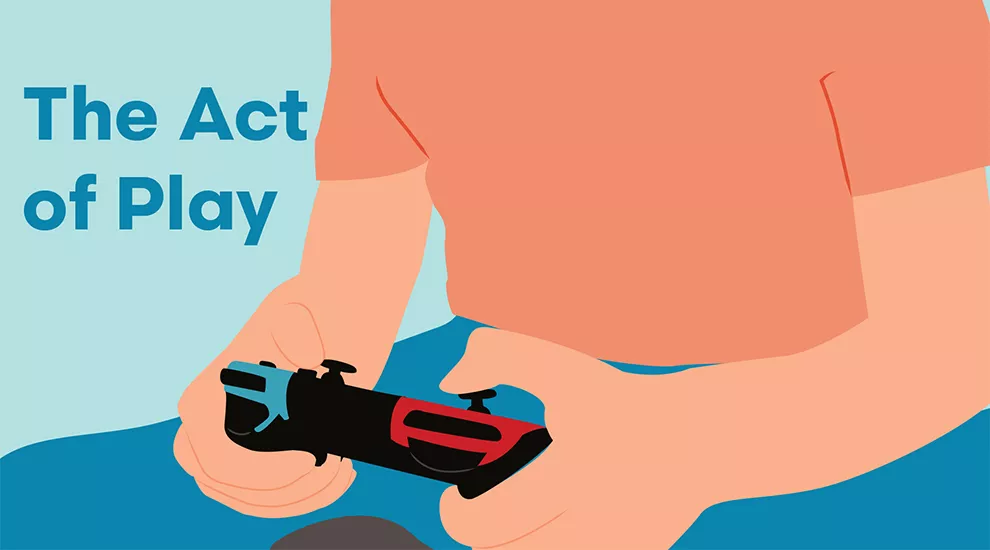
Imagine being the size of a cell and watching mitosis happen, experiencing the birth of a star or even visiting the great pyramids. There are games out there that offer these experiences in accessible ways. They can be standard-aligned and are familiar to most students.
While often hidden or less discussed than traditional educational games, there is educational value in the video games that students already play. For instance, a popular video game in youth audiences is Minecraft. Minecraft is a building and crafting game that places players in low-stakes world that allows them to build structures using cubes of different materials. Potential learning outcomes from playing Minecraft include expressing creativity in the form of building structures, architectural competencies, and spatial awareness.
And, assessing the usefulness of a game like Minecraft or others can be as easy as getting your learner to talk about play. Students are eager to share their experiences and feel empowered to do so when it comes to games. They likely already engage in robust conversation with their peers if they play games regularly. Traditionally, success in games is determined by beating a level. This shows that a student understands the mechanics of the game and master progressively associated and advanced scenarios.
More personalized assessment is even available, if one observes student decision making and the conclusions drawn while solving a problem.
For example, “choose your own adventure”-type games (similar to a Nancy Drew book) are a great example of personalized learning and assessment. While playing the game, the student is embodying a character, making decisions, and guiding the character’s actions to determine their narrative. By observing students while playing video games we learn about their deliberative process, their values, and their interests. In addition to skill and content based competencies, observing video games also helps us get to know our students and the worlds the wish to create.
If you are interested in gaming in the classroom or applying gaming concepts to your classroom and don’t know where to start, ask your students what kind of games they are already playing. Find out if those games allow for a contextual discussion about an issue or concept from your curriculum. Looking to use games or even gamification to engage with your learner? Stay tuned to SCETV for titles that can be used educational purposes.

